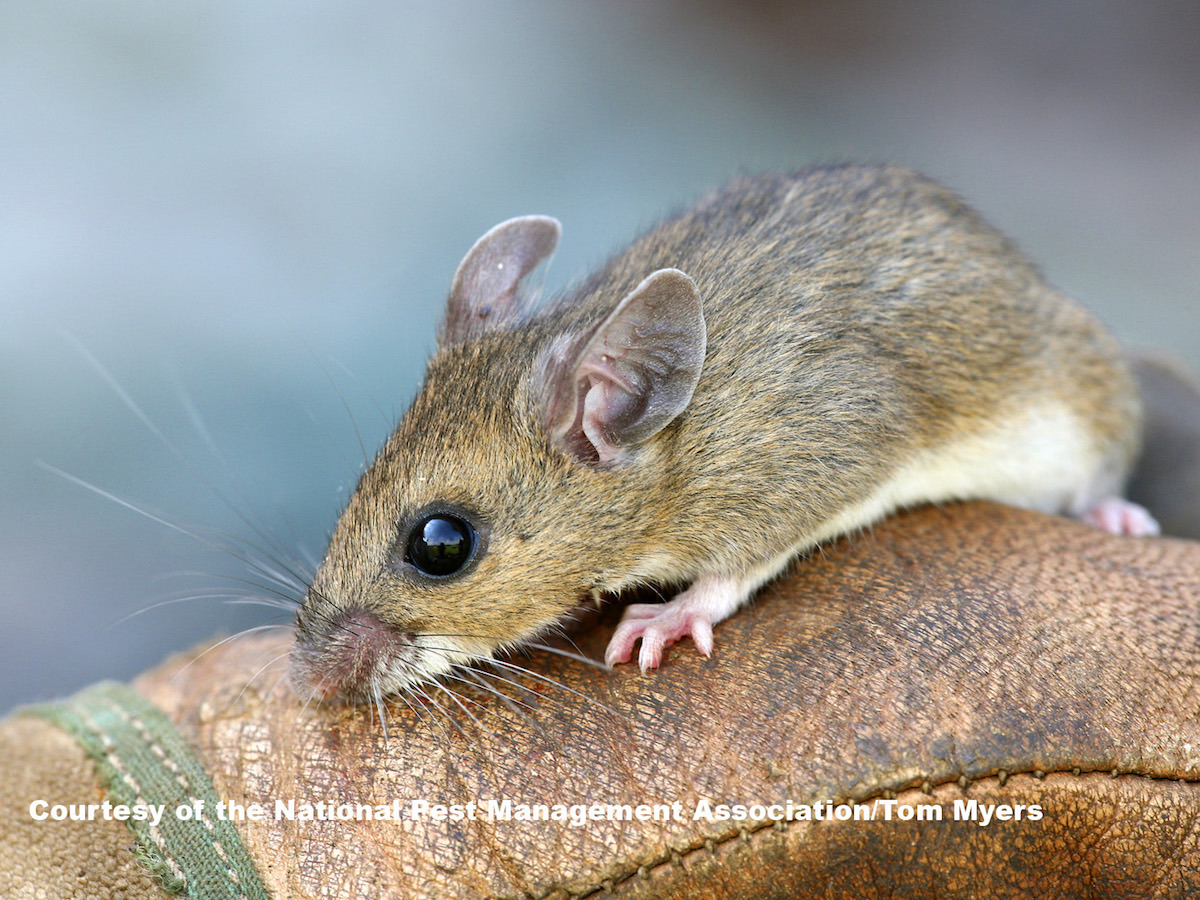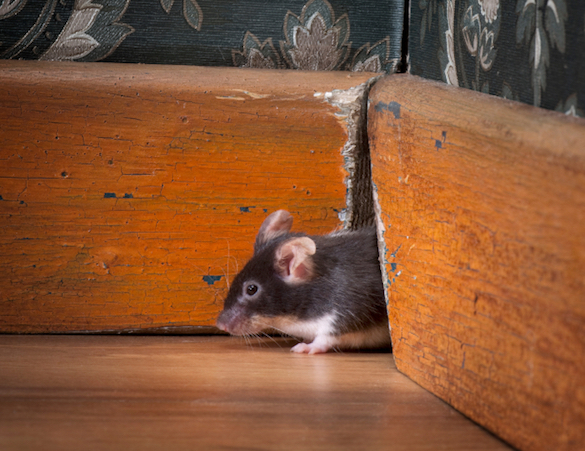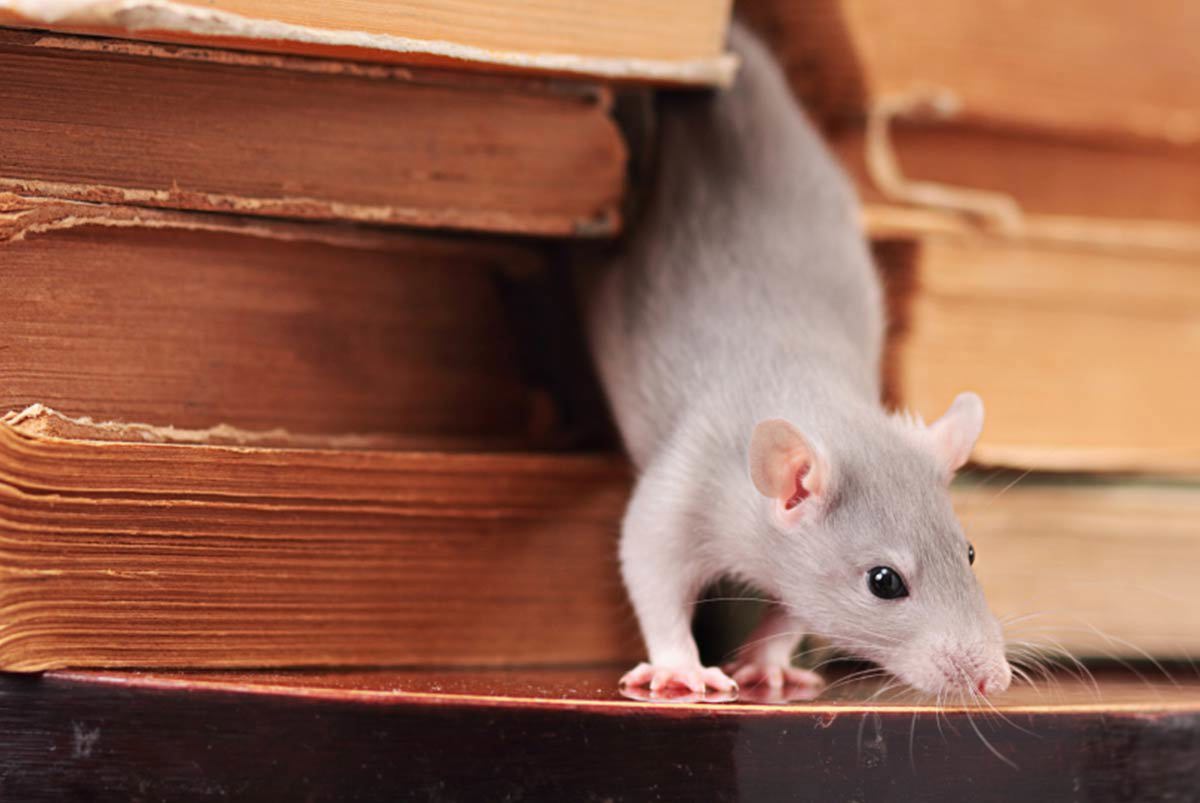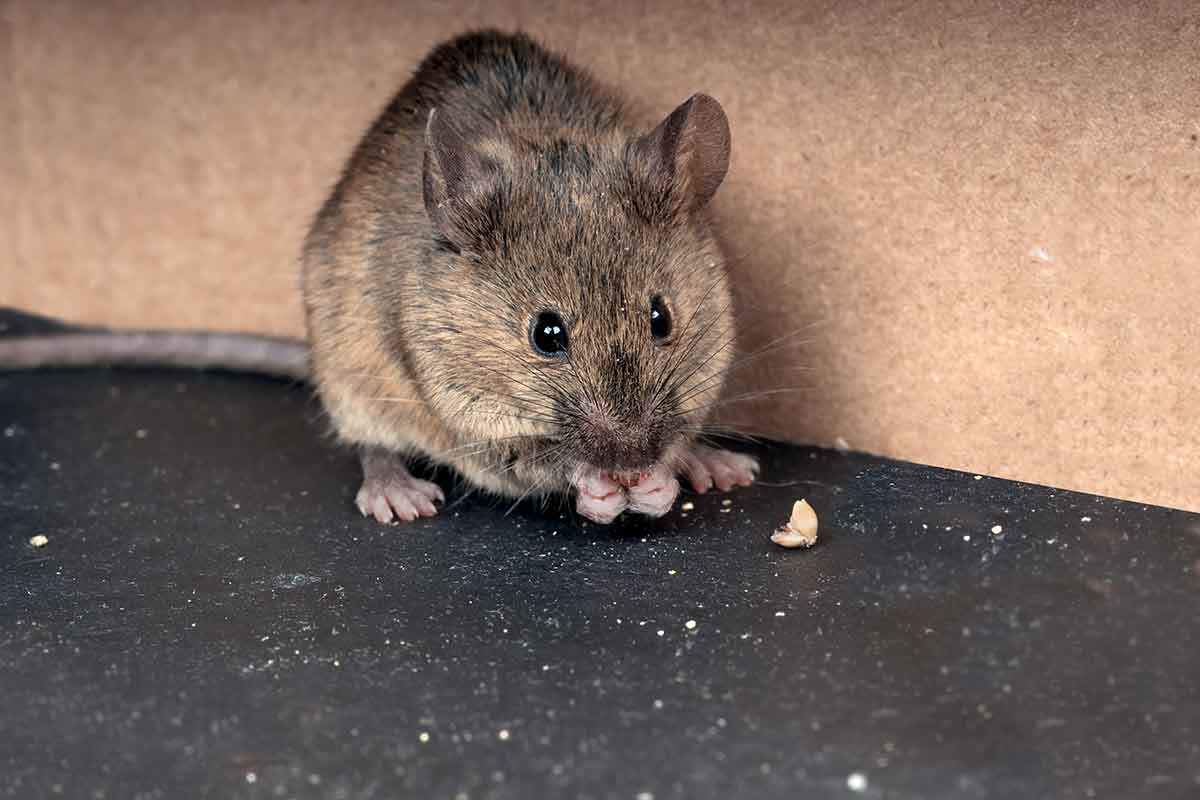Deer Mice Peromyscus maniculatus

Identification
Color: Brown, with white feet and underbelly
Size: 5 to 8 inches long
Legs: 4
Antennae: No
Shape: Round
Region: Found throughout U.S.
What is a Deer Mouse?
Deer mice are a species of rodent that get their name because their fur closely resembles that of a deer, but don’t be fooled by this deceptively cute rodent. Deer mice present serious medical concerns as they can be carriers of Hantavirus. If you suspect an infestation, it’s crucial to learn how to get rid of deer mice.
What Do Deer Mice Look Like?
Deer mice are typically round in shape and small in size, ranging from 5 to 8 inches long. They tend to be brown or dark brown with white feet and white underbellies. Deer mice can be easily identified by their tails, which are always bicolored – usually half brown and half white. Baby deer mice are pink and hairless at birth.
Deer mice live in rural, outdoor areas and are less common in urban settings. Common areas where deer mice liveinclude:
- Open grasslands
- Brushy country
- Cliffs
- Forests
- Pasturelands
- Sheds
- Summer/vacation homes
- Suburban homes near wooded areas.
Deer mice often prepare their nests in old fence posts, tree hollows, log piles, and beneath decks. During the winter months, they seek shelter in homes, garages, sheds, or rarely used vehicles.
Once they’ve made their way indoors, deer mice live in storage boxes, drawers, wall voids, and tight areas in basements and attics. They tend to feed at dusk and dawn, preferring insects, seeds, nuts, berries, and small fruits.
Deer mice are a serious medical concern because they can transmit the potentially fatal virus that causes Hantavirus Pulmonary Syndrome. This virus is mainly transmitted by the inhalation of dust particles contaminated with the urine, feces or saliva of infected deer mice. However, Hantavirus can also be transmitted through contact with deer and baby deer mice carcasses and, rarely, when a person is bitten.
These rodents rarely infest residential homes, but they can be a problem in farming areas, vacation homes, outbuildings, and sheds.
Per the CDC, the Hantavirus is primarily transmitted to people when they breathe in air contaminated with the virus. It is possible for an infected deer mouse to bite someone and potentially spread the disease; however, this type of transmission is rare.
To prevent an infestation of deer mice, you should regularly inspect your home and surrounding property for signs such as droppings, gnaw marks, nests, and damaged food goods. Because this particular species prefers outdoor areas, be sure to check basements, attics, outbuildings, and rarely used cars/RVs for signs of a deer mice infestation.
- Mice can squeeze through a hole as small as a dime. Seal any cracks larger than ¼ inch wide around your home to prevent deer mice from entering. Pay special attention to areas where utilities and pipes enter the home.
- Replace loose mortar and weather stripping around the basement foundation and windows where deer micecould sneak inside.
- Keep food in sealed, rodent-proof containers to ensure you’re not attracting intruders.
- Make sure your home and storage areas are clean and dry.
- Dispose of all garbage cans frequently.
- Since deer mice hide in clutter, keep areas clear, and store boxes off the floor.
- Keep shrubs and tree branches cut back and away from the house.
- Avoid storing pet food or bird seed in garages or storage sheds.
- Regularly inspect basements, attics, outbuildings and rarely used cars/RVs for signs of a deer mice
- Use heavy gloves and protective breathing gear when working in an area populated by deer mice.
Even though these are good tips for how to get rid of deer mice, you should contact a licensed pest control professional for help if you suspect an infestation.




